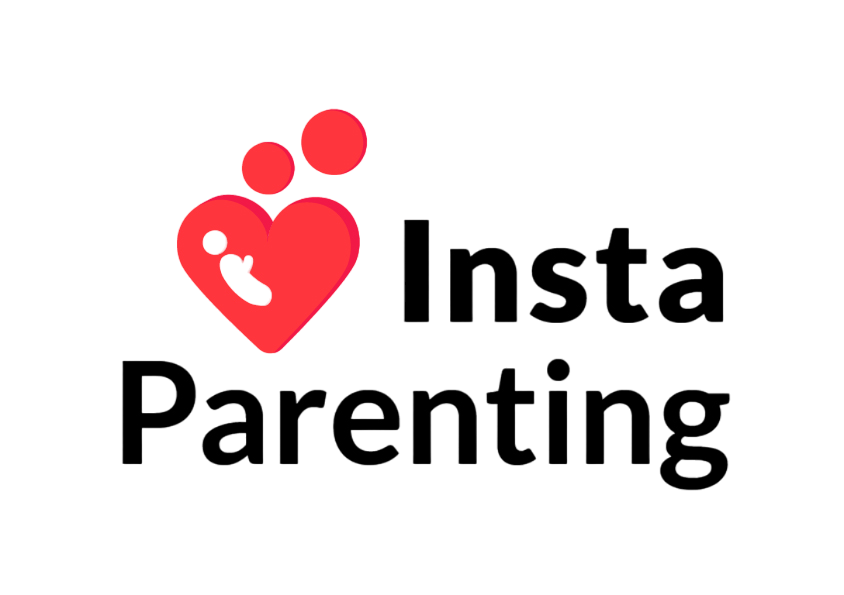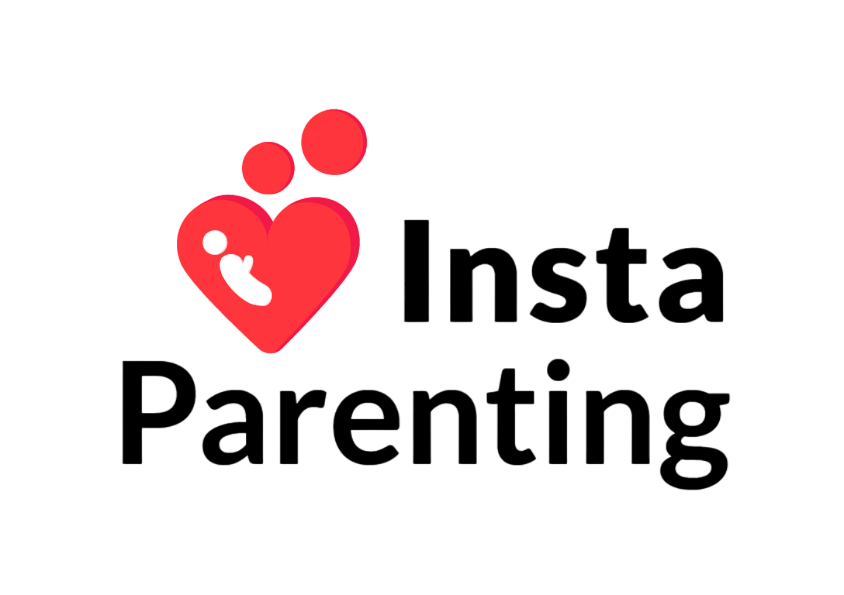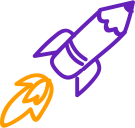Children develop the fastest from birth to 5 years old. These changes take place across various domains of development i.e.
- Cognitive
- Physical (Fine and Gross Motor)
- Socio-emotional and
- Language.
Most children follow a certain pattern of growth and development or achieve certain skills/abilities at a particular stage in development. These are called developmental milestones. However, it is important to note that every child grows and develops at their own pace, and might achieve a few milestones faster or slower than usual. If you feel concerned about your child not achieving a milestone, contact your pediatrician or speak to our expert.
Did you know?
90% of a child’s brain development happens by the age of 6?
Cognitive Development:
- Begins to engage in more complex play (e.g. toys having buttons, levers, and moving parts, board or card games).
- Continues to engage in make-believe play with dolls, toys, animals, and people.
- Often finds it difficult to differentiate between real and imaginary.
- Solves puzzles with 3 or 4 pieces and can move to 8 piece puzzles as the year progresses.
- Builds towers with 6 blocks or more.
- Understands what it means ‘to count’ and counts up to 5. Might count up to 10 by 4 years of age.
- Begins to recognize written numerals “0” to “9”.
- Begins to use one to one correspondence i.e. while counting items in a group, will be able to use one number word to tell how many are there (e.g. “1, 2, 3, 4” – “4” candies).
- Begins to develop some understanding of time (e.g. after day, there is night).
- Understands the concepts of ‘big’ and ‘small’, ‘same’ and ‘different’.
- Classifies and sorts objects based on any one characteristic at a time (e.g. “all the red blocks” or “all the circles”).
- Begins to copy shapes, capital letters, etc.
- Tries to draw human figures (might include a big head/face, straight body and stick limbs).
- Tries to predict things that will happen (e.g. might say what they think is going to happen next in a story).
- Memory improves (e.g. Remembers certain events, parts of a story, etc.)
- Says full name and age.
- Has a better attention span; concentrates on a task for about 8-10 minutes, as long as it is interesting.
Physical Development:
- Gains better control over gross motor abilities like running, climbing, jumping, riding a tricycle, etc. (jumping might still be a little difficult).
- Stands on tip-toes.
- Gets better at rolling, bouncing, throwing and catching, although catching still can be difficult.
- Finger dexterity improves and allowing them to hold and manipulate objects better (e.g. using tools like scissors, holding crayons with fingers rather than fists, shaping clay into balls, snakes, etc.)
- Washes and dries hands on little to no support.
- Stacks up to 10 blocks.
- Continues to turn one page of a book at a time.
- Unscrews and screws on lids on jars and turns doorknobs more easily.
- Draws a human figure with 2 to 4 body parts.
- Easily draws straight lines and copies shapes like circles, squares, etc.
- Dresses and undresses self without assistance (except for buttons and laces).
- Feeds self well, using a spoon.
- Has all 20 primary teeth (“baby teeth”).
- Has a vision close to 20/20.
- Gains control over bladder and bowel movements (some might still be developing control).
Socio-emotional Development:
- Imitates friends and adults.
- Displays a broader range of emotions.
- Begins to separate from parents easily.
- Talks about likes and interests.
- Has fewer episodes of temper tantrums.
- Begins to express feelings in a socially acceptable manner.
- Begins to recognize the causes of feelings.
- Understands the idea of “mine” and “his” or “hers”.
- Might get upset if there are major changes in routine.
- Might display a fear of things like the dark, monsters under the bed, etc.
- Learns to take turns in games.
- Shows genuine affection or concern for friends (without prompting).
- Can get very creative with make-believe play.
- Enjoys playing with other children rather than alone.
- Shows cooperation when with other children.
- Seeks adult assistance in case of conflicts.
Language Development:
- Says their first name, age, and gender (boy/girl).
- Names friends.
- Begins to use pronouns like “I,” “me,” “he”, “she”, “we,” and “you”.
- Begins to use plurals (cats, dogs, etc.)
- Uses 2-3 sentences while engaging in conversation.
- Recites or sings simple rhymes or songs from memory.
- Tries to tell stories.
- Continues to build vocabulary and can say around 500-900 words.
- Speech becomes more clear and can be understood by others.
- Begins to use words like “please”, “thank you”, etc.
- Often uses their own name to refer to themself.
- Begins to initiate conversations.
- Begins to learn letters (will know to speak rather than read letters).
- Begins to make letter-like scribbles, might join them to make mock words.
- Might ask adults to write down what they dictate.
Feeding and Sleeping Information:
- Might have a total of 11-13 hours sleep include an afternoon nap (approx. 1-2 hours) (This usually remains consistent throughout the preschool phase and decreases as they get ready for school)
Did you know?
Research reveals that – every $1 invested in an early childhood program can yield $4-$16 in returns.
Helps your child achieve the above milestones through simple at home activities for 3 years old. Subscribe to Jyppzer Kids Plan Today!





